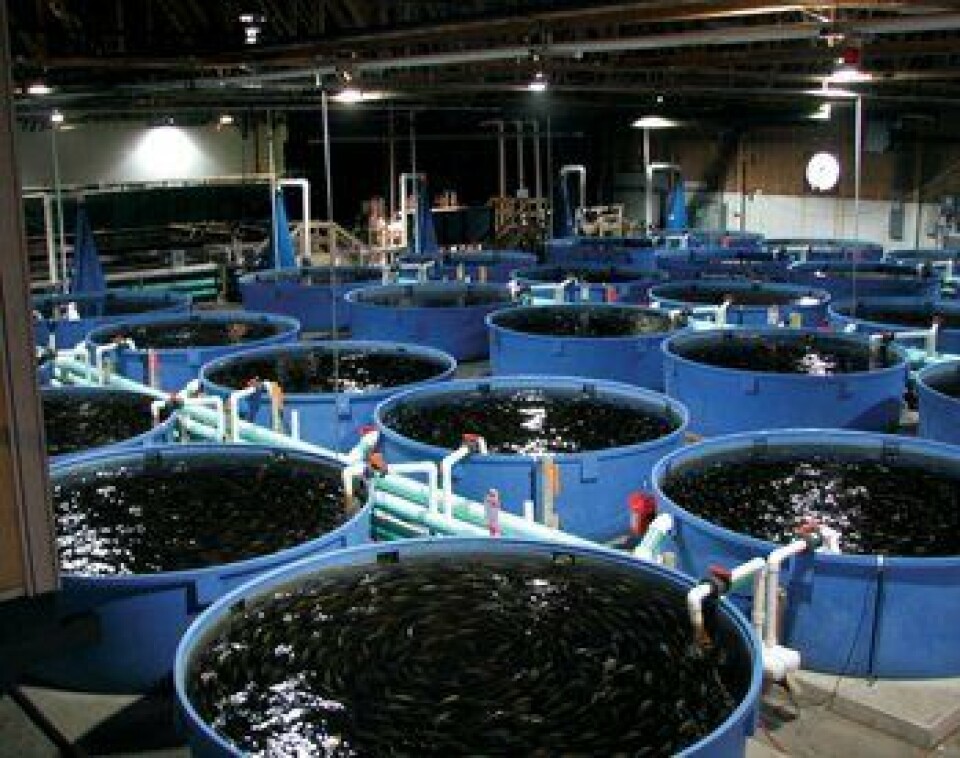
New fish farm planned for Ohio
The technology is well developed for the production of fast-growing fish like tilapia, and the economic performance should be adequate if you can use a source of cheap warm water. The feed used for these fish is also relatively inexpensive- partly due to the lack of pigments needed to produce the natural flesh colour of species like salmon, as well as the reduced need for the inclusion of fish meal and fish oil-in their diets. The new project planned for the South Side of Youngstown, Ohio is described by Ashley Luthern, working for a service of The Vindicator;
The Idora neighborhood on the city’s South Side has seen growth in access to fruit and vegetables, thanks to urban community gardens. Now, it’s looking for a little protein. The Parkview Community Garden group is planning to build the city’s first tilapia fish farm at the former site of a vacant garage. “It’s basically an expansion of the community garden project that we have on Parkview [Avenue], and the idea of raising fish came about in conversation at the garden between neighbors,” said Steve Novotny, a member of the garden group.
The fish would be raised in a zero-discharge aquaponics system, which is a re-creation of a natural ecosystem. The fish will be fed a largely vegetarian diet, and the water with fish waste will be pumped into a grow bed with gravel, Novotny said. The gravel will have bacteria that purify the water, and the fish waste will be used as a fertilizer for vegetables, he said. “It’s a recirculating, all-natural system. Ideally, we’d like to have the project completed before winter- time,” Novotny said.
The Parkview group is not alone in its interest in a fish farm; aquaculture is the “fastest-growing segment of agriculture in the state,” said Bob Calala, president of the Ohio Aquaculture Association. Ten years ago, there were 33 licensed aquaculture facilities in Ohio, compared with more than 200 today, he said. “Fish is the most-efficient protein source that you can produce for the amount of feed that you use,” Calala said. “If you take cattle, you need to feed them so many pounds of grain, and it’s called a feed conversion ratio. ... With tilapia, you have almost a 1-to-1 feed ratio.”
Calala said more people are turning to locally grown produce and fish because they want to know where their food comes from.






















































